Entry Category: Folktales and Songs
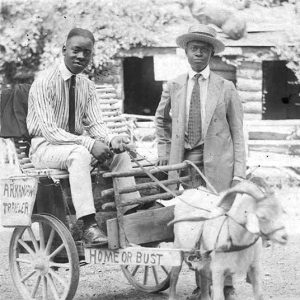 "Arkansas Traveler"
"Arkansas Traveler"
 "Arkansas Traveler"
"Arkansas Traveler"
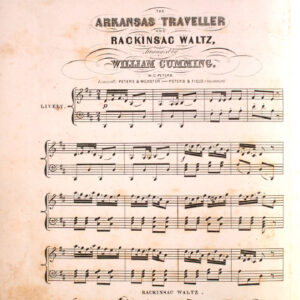 Arkansas Traveler Music
Arkansas Traveler Music
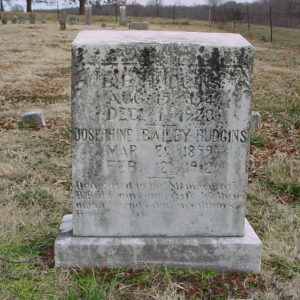 B.B. Hudgins Gravesite
B.B. Hudgins Gravesite
Barham, Ella (Murder of)
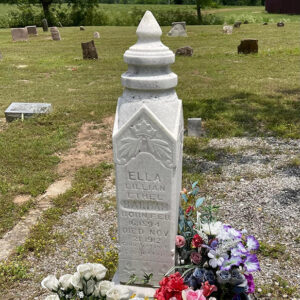 Ella Barham Gravesite
Ella Barham Gravesite
Crossett Light
Dark, John William (Bill)
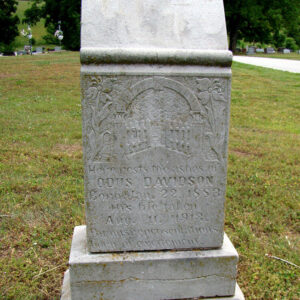 Odus Davidson Gravestone
Odus Davidson Gravestone
 Jimmy Driftwood
Jimmy Driftwood
 Dusenbury Grave
Dusenbury Grave
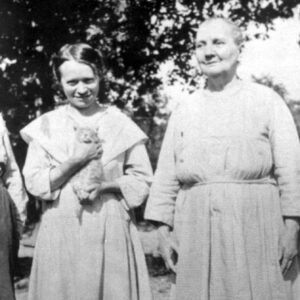 Emma Dusenbury
Emma Dusenbury
Dye, “Aunt Caroline”
aka: Caroline Tracy Dye
Eureka Springs Baby
aka: Eureka Baby
aka: Petrified Indian Baby
Fouke Monster
Ghost Legends
Gowrow
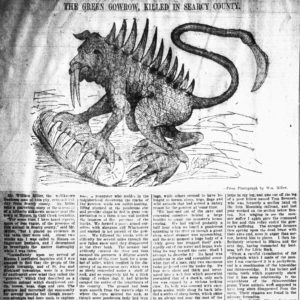 Gowrow Article
Gowrow Article
Gurdon Light
Heber Springs Water Panther
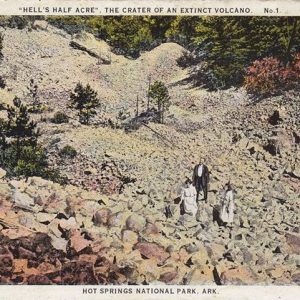 Hell's Half Acre
Hell's Half Acre
Hell’s Half Acre
Hilderbrand, Joe
Lake Conway Monster
aka: Skunk Ape
Lost Louisiana Mine
Old Mike
Petit Jean, Legend of
Rhodes, Richard (Hanging of)
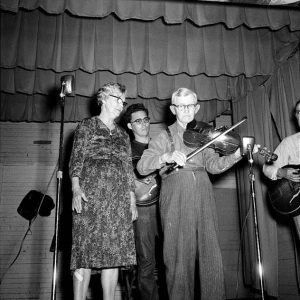 Almeda Riddle
Almeda Riddle
Rock Island Line, The
Snawfus
 Snawfus
Snawfus
Springer, Andrew (Lynching of)
State of Arkansaw, The
 Wallace Execution Article
Wallace Execution Article
Wallace, Sidney
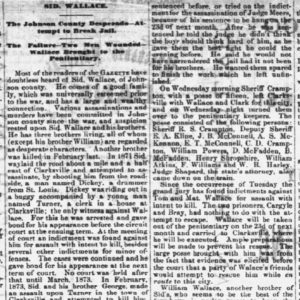 Sidney Wallace Article
Sidney Wallace Article
White River Monster
 Womble Businesses
Womble Businesses




